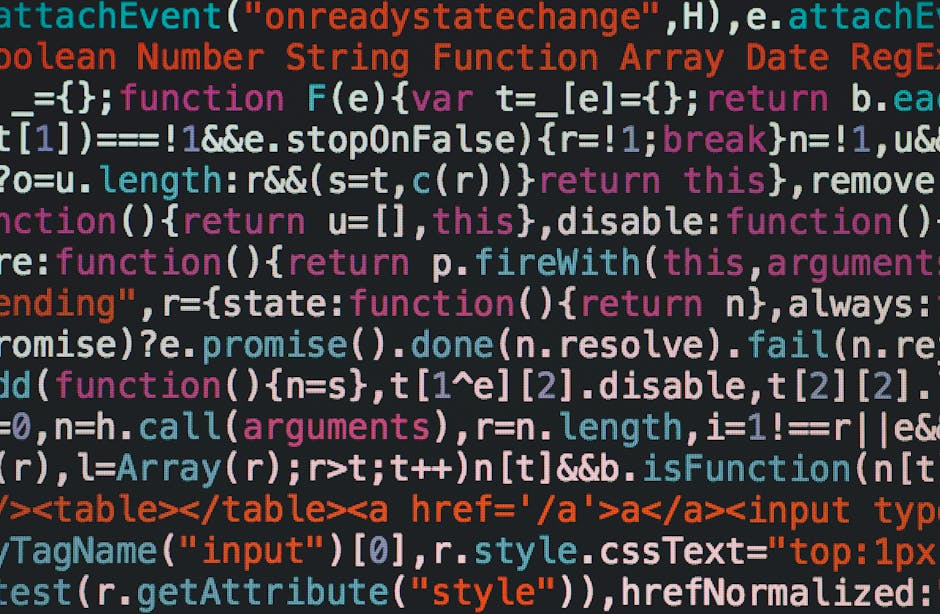Artificial intelligence is transforming industries, from healthcare to finance. But beneath the sleek interfaces and impressive capabilities lies a critical truth: AI is only as good as the data it is trained on. This isn’t just a technical detail; it’s the fundamental principle governing AI’s performance, reliability, and ethical implications. Understanding this principle is crucial for anyone working with, investing in, or simply interacting with AI systems.
This post will delve into the crucial relationship between data quality and AI performance, exploring the consequences of biased, incomplete, or inaccurate data, and outlining strategies for ensuring your AI projects are built on a solid foundation.
The Foundation of AI: Data Training
AI algorithms, particularly machine learning models, learn from vast datasets. These datasets are fed into the algorithms, which identify patterns, relationships, and correlations to make predictions or decisions. The process is akin to teaching a child—you provide examples, the child learns, and their understanding is directly proportional to the quality and completeness of the examples provided.
If the training data is flawed, the AI model will inherit those flaws. This is often referred to as the “garbage in, garbage out” problem. Consider these examples:
Biased Data Leading to Biased AI: An AI system trained on historical loan application data that disproportionately rejected applications from a particular demographic will likely perpetuate that bias, leading to unfair and discriminatory outcomes. This is a serious ethical concern, highlighting the need for rigorous data auditing and bias mitigation strategies.
Incomplete Data Resulting in Inaccurate Predictions: An AI model predicting crop yields based on incomplete weather data will produce inaccurate predictions, potentially leading to poor farming decisions and economic losses. Data completeness is critical for reliable AI performance.
Inaccurate Data Leading to Erroneous Conclusions: A medical diagnosis AI trained on incorrectly labeled images will provide inaccurate diagnoses, potentially harming patients. Accuracy in data labeling and data entry is paramount in high-stakes applications.
Addressing the Data Quality Challenge: Strategies for Success
Building robust and reliable AI systems requires a proactive approach to data quality. Here are some key strategies:
Data Collection and Cleaning: The process begins with meticulous data collection. This involves defining clear data requirements, selecting appropriate data sources, and implementing robust data validation techniques to ensure accuracy and completeness. Data cleaning, which involves identifying and correcting errors, inconsistencies, and outliers, is a crucial step.
Data Annotation and Labeling: For supervised learning models, accurate annotation and labeling of data are essential. This requires careful attention to detail and often involves human expertise. Investing in high-quality annotation can significantly improve AI performance.
Data Augmentation: In cases where data is scarce, techniques like data augmentation can be used to artificially expand the dataset, improving model robustness and generalizability.
Bias Detection and Mitigation: Regularly assessing data for bias is crucial. This involves identifying potential sources of bias and implementing strategies to mitigate their impact. Techniques like resampling and algorithmic adjustments can be employed.
Data Version Control and Governance: Tracking changes to data and establishing clear governance policies are critical for ensuring data integrity and reproducibility.
Conclusion: The Importance of Data Integrity in the Age of AI
AI is revolutionizing various sectors, but its effectiveness hinges on the quality of the data it’s trained on. Ignoring the “garbage in, garbage out” principle can lead to inaccurate predictions, biased outcomes, and even catastrophic failures. By prioritizing data quality through rigorous data collection, cleaning, annotation, bias mitigation, and governance, organizations can unlock the true potential of AI and build ethical, reliable, and impactful AI systems. Investing in data quality is not just a cost; it’s an investment in the future of AI.


